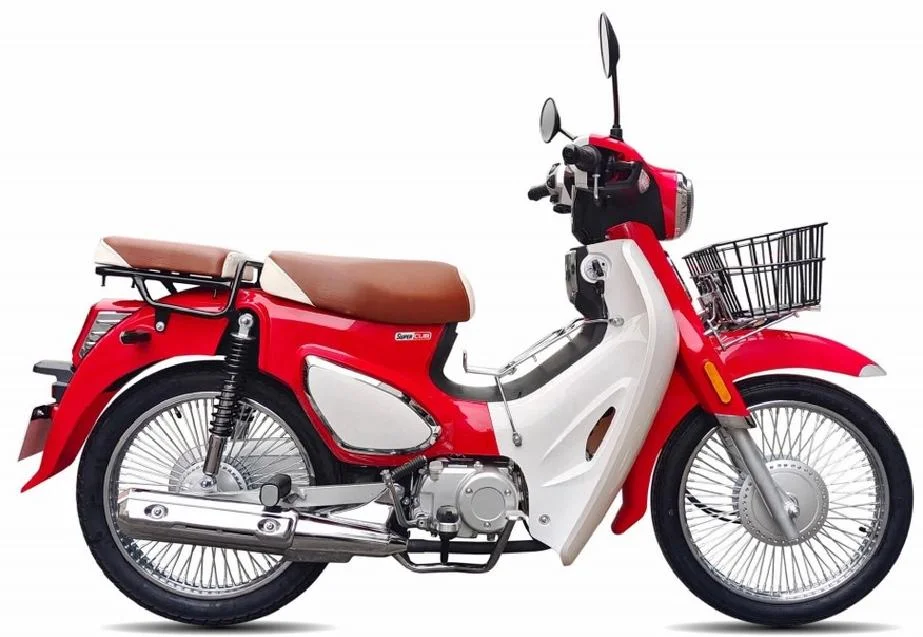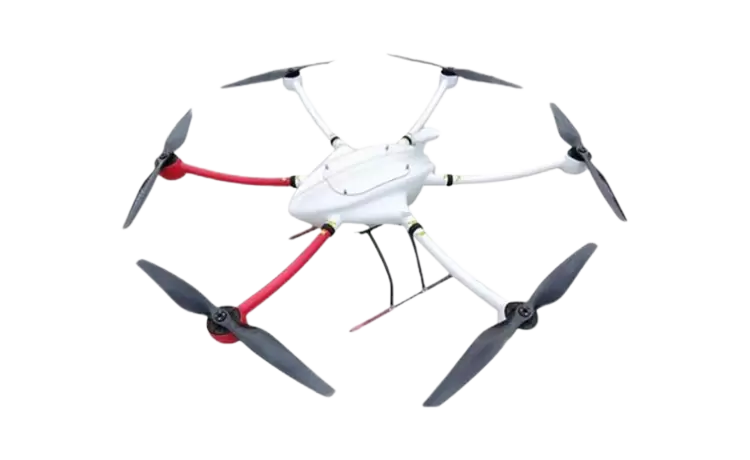Navigating Economically: Unveiling the Most Cost-Effective Modes of Transportation
In an era where sustainability and cost-efficiency are paramount, understanding the most economical modes of transportation is crucial for both individuals and businesses. The choice of transportation not only affects personal finances but also has broader implications for environmental sustainability and urban planning. This article delves into various transportation modes, analyzing their economic viability, environmental impact, and practical applications.
Understanding Transportation Costs
Before we explore specific modes of transportation, it’s essential to understand the components that contribute to transportation costs. These include:
- Direct Costs: Fuel, maintenance, insurance, and depreciation.
- Indirect Costs: Time lost in transit, environmental impact, and health implications.
- Opportunity Costs: The potential benefits lost when choosing one mode over another.
By evaluating these factors, we can better assess which transportation modes are truly economical.
The Most Economical Modes of Transportation
- Walking and Bicycling
For short distances, walking and cycling are undoubtedly the most economical modes of transportation. They incur minimal direct costs—primarily related to maintenance and safety gear. Moreover, they offer significant health benefits, reducing healthcare costs over time. Cities that promote walking and cycling through infrastructure improvements often see reduced traffic congestion and lower pollution levels.
- Public Transit
Public transportation systems, including buses, subways, and trams, provide a cost-effective alternative to personal vehicles. The average cost per passenger mile is significantly lower for public transit compared to driving alone. Additionally, public transit reduces the number of vehicles on the road, leading to decreased traffic congestion and lower emissions.
- Cost Analysis: In many urban areas, a monthly public transit pass can cost less than a single tank of gas for a car. Furthermore, public transit systems often offer discounts for students, seniors, and low-income individuals, enhancing accessibility.
- Carpooling and Ridesharing
Carpooling and ridesharing services like Uber and Lyft can also be economical, especially for longer distances. By sharing the costs of fuel and tolls among multiple passengers, individuals can significantly reduce their transportation expenses.
- Environmental Impact: Carpooling not only saves money but also reduces the carbon footprint per passenger, making it a more sustainable choice.
- Electric Vehicles (EVs)
While the initial purchase price of electric vehicles may be higher than traditional gasoline-powered cars, the long-term savings on fuel and maintenance can make them an economical choice. EVs have lower operating costs due to reduced fuel expenses and fewer moving parts, which translates to lower maintenance costs.
- Incentives: Many governments offer tax credits and rebates for EV purchases, further enhancing their economic appeal.
- Freight Transportation
For businesses, choosing the right mode of freight transportation can lead to significant cost savings. Options include:
- Rail Transport: Often the most economical for bulk goods over long distances, rail transport has lower fuel costs per ton-mile compared to trucks.
- Shipping: For international trade, maritime shipping is the most cost-effective method, especially for large volumes of goods.
Factors Influencing Transportation Choices
When determining the most economical mode of transportation, several factors come into play:
- Distance: Short trips may favor walking or cycling, while longer distances may necessitate public transit or carpooling.
- Location: Urban areas typically have better public transit options, while rural areas may rely more on personal vehicles.
- Time Sensitivity: For urgent deliveries or time-sensitive travel, the fastest mode may be preferred, even if it’s not the most economical.
- Environmental Considerations: Increasingly, individuals and businesses are factoring in the environmental impact of their transportation choices, opting for greener alternatives when possible.
Conclusion
In conclusion, the most economical mode of transportation varies based on individual circumstances, including distance, location, and personal preferences. Walking, cycling, public transit, carpooling, and electric vehicles all present viable options that can lead to significant cost savings while promoting sustainability. As urban areas continue to evolve, investing in efficient transportation infrastructure will be crucial for enhancing accessibility and reducing overall transportation costs. By making informed choices, we can navigate economically while contributing to a more sustainable future.






